Indigenous Governance Database
contemporary identity
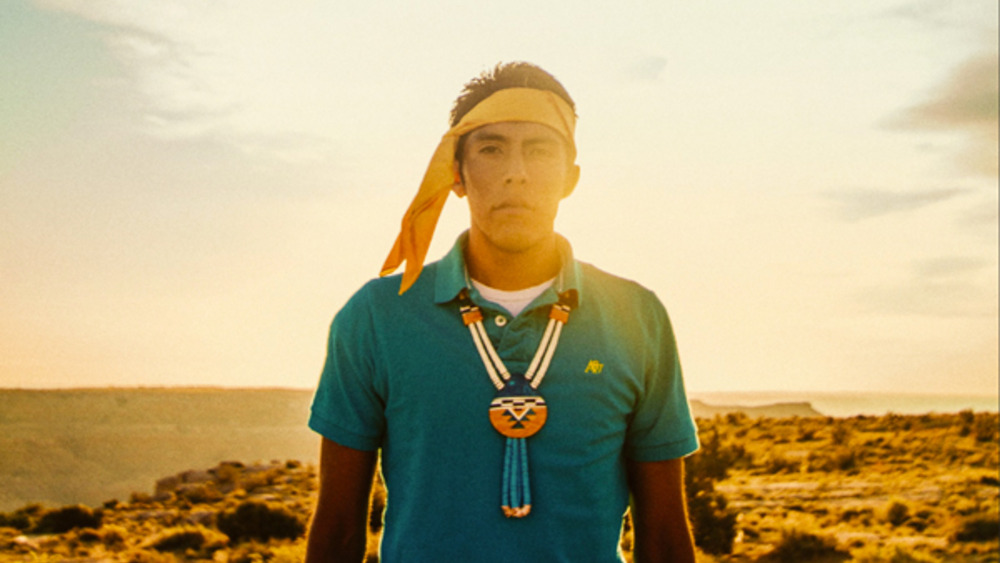
Reclaiming Native Truth: A Project to Dispel America’s Myths and Misconceptions
Reclaiming Native Truth is a national effort to foster cultural, social and policy change by empowering Native Americans to counter discrimination, invisibility and the dominant narratives that limit Native opportunity, access to justice, health and self-determination. Reclaiming Native Truth’s…
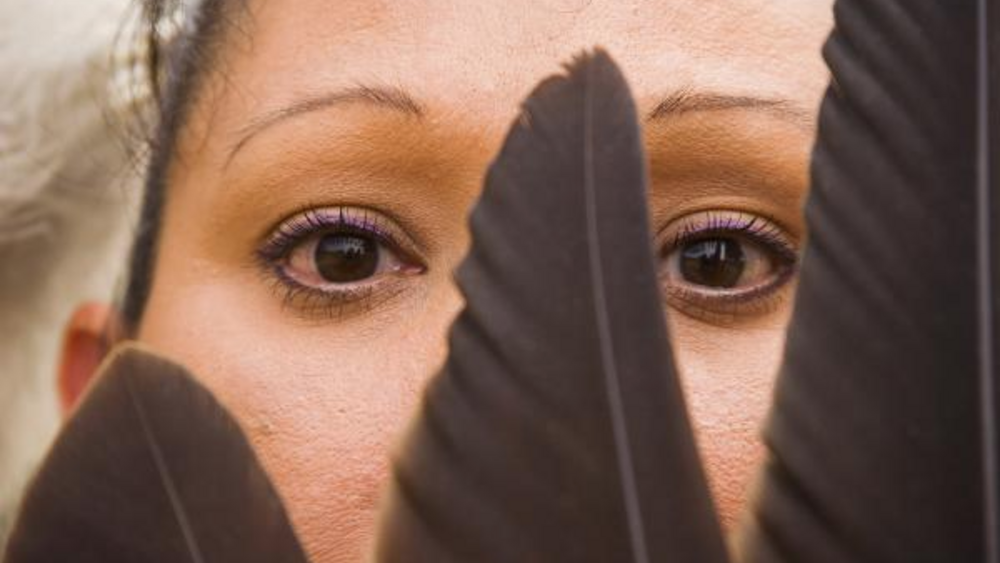
Authenticity: Ethnic Indians, non-Indians and Reservation Indians
Authenticity is a puzzling feature of contemporary Indian life. Growing up on an Indian reservation, I rarely encountered challenges to one’s identity as an Indian person. People within the reservation community knew most of the families. If they didn’t know the family connections of a specific…
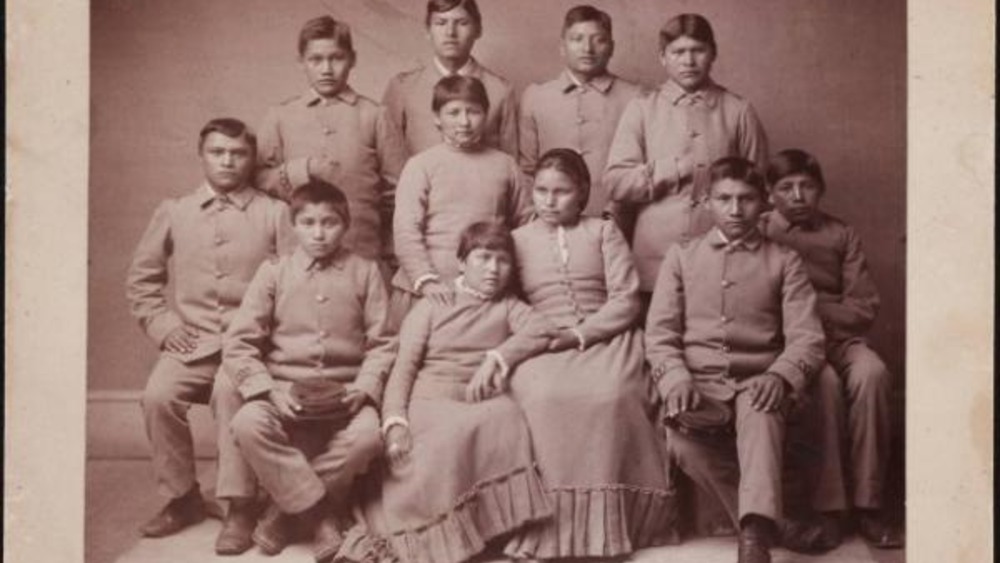
Indian Identity, Choice and Change: What Do You Choose?
Indigenous individuals and nations are faced with choices about identity, change and cultural continuity. The choices are not just mere faddish expressions but are deep decisions about culture, community, philosophy and personal and national futures. Many indigenous communities are divided over…
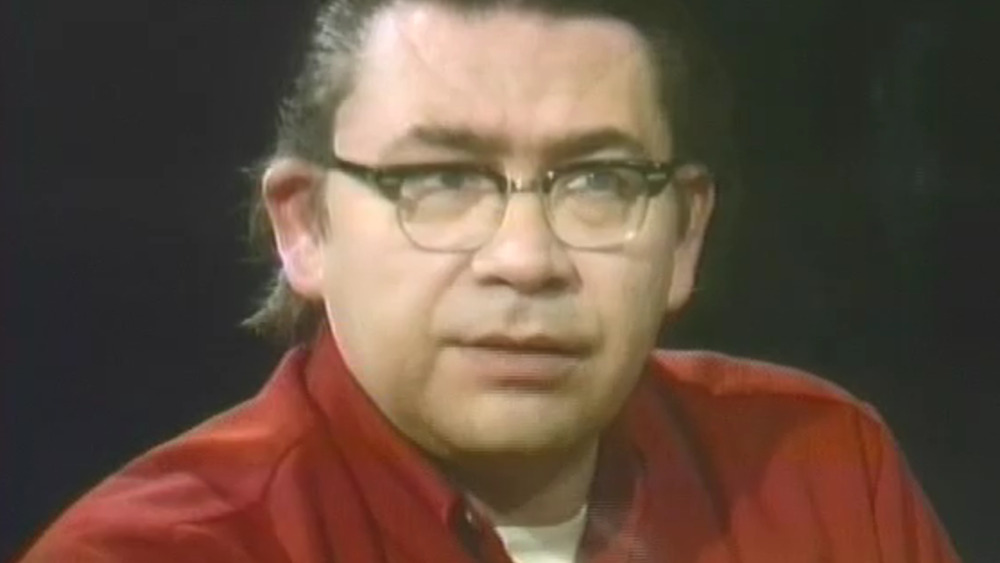
A conversation with Vine Deloria, Jr.
Indian writer Vine Deloria responds to questions from three interviewers, discussing the status quo of American writing about Indians. Deloria offers educational recommendations for Native Americans to counteract the predominance of Anglo viewpoints in the current literature.
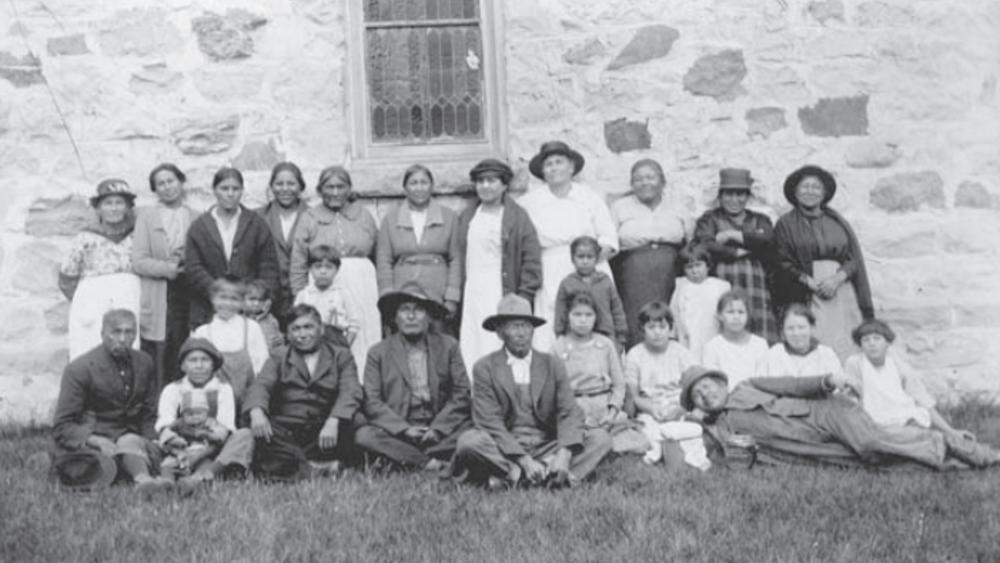
An Anishinaabe Tribalography: Investigating and Interweaving Conceptions of Identity During the 1910s on the White Earth Reservation
This article explores the varied ways in which the Anishinaabeg of White Earth defined themselves during the early twentieth century. It consists of two primary parts. In part 1 I go beyond the artifacts in order to enliven the history, to offer an alternative way of remembering the past. In…
